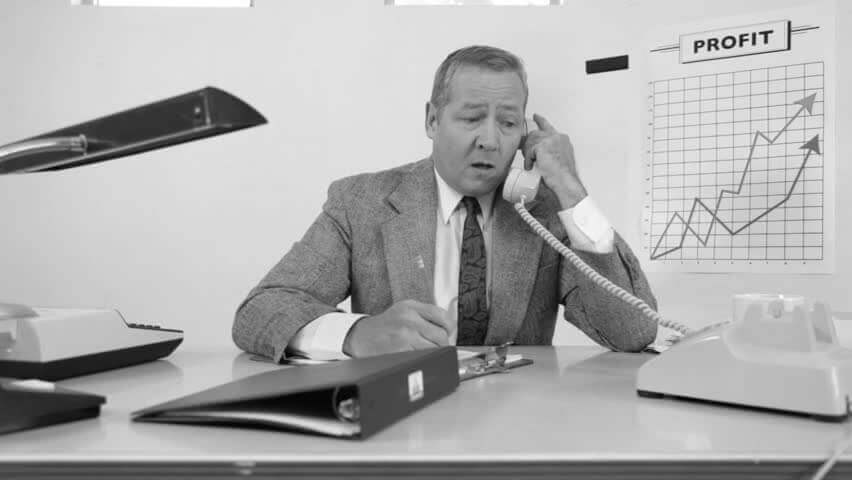One of the most challenging parts of being a Meeting & Events/MICE/Conference & Banqueting professional is having to take strategic decisions today for far future periods.
NB: This is an article from Get Into MoRe
To face this challenge, you could try the Disney approach chanting the following quote to the hotel’s bathroom mirror: “Mirror mirror on the wall what will be demand next fall?”. I’ve tried it and unfortunately it didn’t work.
On the other hand, you could opt for a more scientific approach and take a look at lead time.
Lead time is the time between the moment you receive an enquiry and the actual date of the event/arrival of the group. The longest lead time I have seen in my Meeting & Events days was one of 3 years for a large seminar that would occupy almost all meeting rooms and many hotel rooms, the shortest must have been about 10 minutes for a last-minute meeting of three delegates.
Now, allow me to get excited about the strategic strength of this tool as lead time is a great KPI to set and test strategies.
Typically, large groups will book far in advance. Let’s take a look at Hotel X using Get Into MoRe to manage their M&E and Group Business. Their overall lead time is 6 months. This means more than 80% of their demand requests will come within 6 months leading to the event date. While this is interesting information, at this point, it’s difficult to know what to do with it.
It gets more interesting when we start breaking down lead time between 6 months to 5 months prior to arrival, 5 months to 4 months and so on. By doing this you create a lead time curve like the one below. This curve allows you to visualize how much of your business is typically booked at each time leading up to the event date.

For example, you get a request for a non-residential meeting for 10 delegates at the end of September for November. You check lead time for November. The curve indicates that 90% of the business has typically been received by now. The likelihood you get new requests will be very low so you decide to send an offer to this group.
In this case you could take measures to secure revenue. You could take a look at the denied business for the same period last year. Are there some potential large groups that would be delighted to get a phone call from the sales team that there will be room for their event this year? Did you deny a smaller Thanksgiving reception last year? Call the contact person and make their day by proactively sharing you are free to host this year’s edition. On a revenue management note you could lower rates, start accepting non-residential groups or eliminate limitations on length of stay.
Building strategies on just one general parameter is dangerous. Going forward break down lead time per “size of events” to get a more nuanced view of the situation. By breaking it down this way you will be able to set hold or sell inventory strategies per event size that will improve your revenue performance.
As we are working with perishable inventory timing is everything. You get only one chance to rent your meeting room today. After the end of today you lost your chance and you missed that revenue. So to answer the question we started with: “Mirror mirror on the wall what will be demand next fall?” I would suggest you check your lead time and take data driven decisions. By doing so you avoid unpleasant surprises (read: empty meeting rooms).




